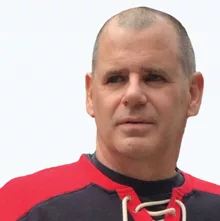I’m sitting here at my desk looking at a boiler room blueprint from the early 1900s (Figure 1). It hangs on the wall directly in front of me; I love looking at this thing. So much history is in that room; the fact that I’ve worked in it makes it special for me.
There are probably hundreds of stories that could be written about the men who turned wrenches, pieced together boiler sections and grabbed sandwiches from the steel lunchboxes in this 12 1/2-foot and 20-foot room. All it takes is a little imagination.
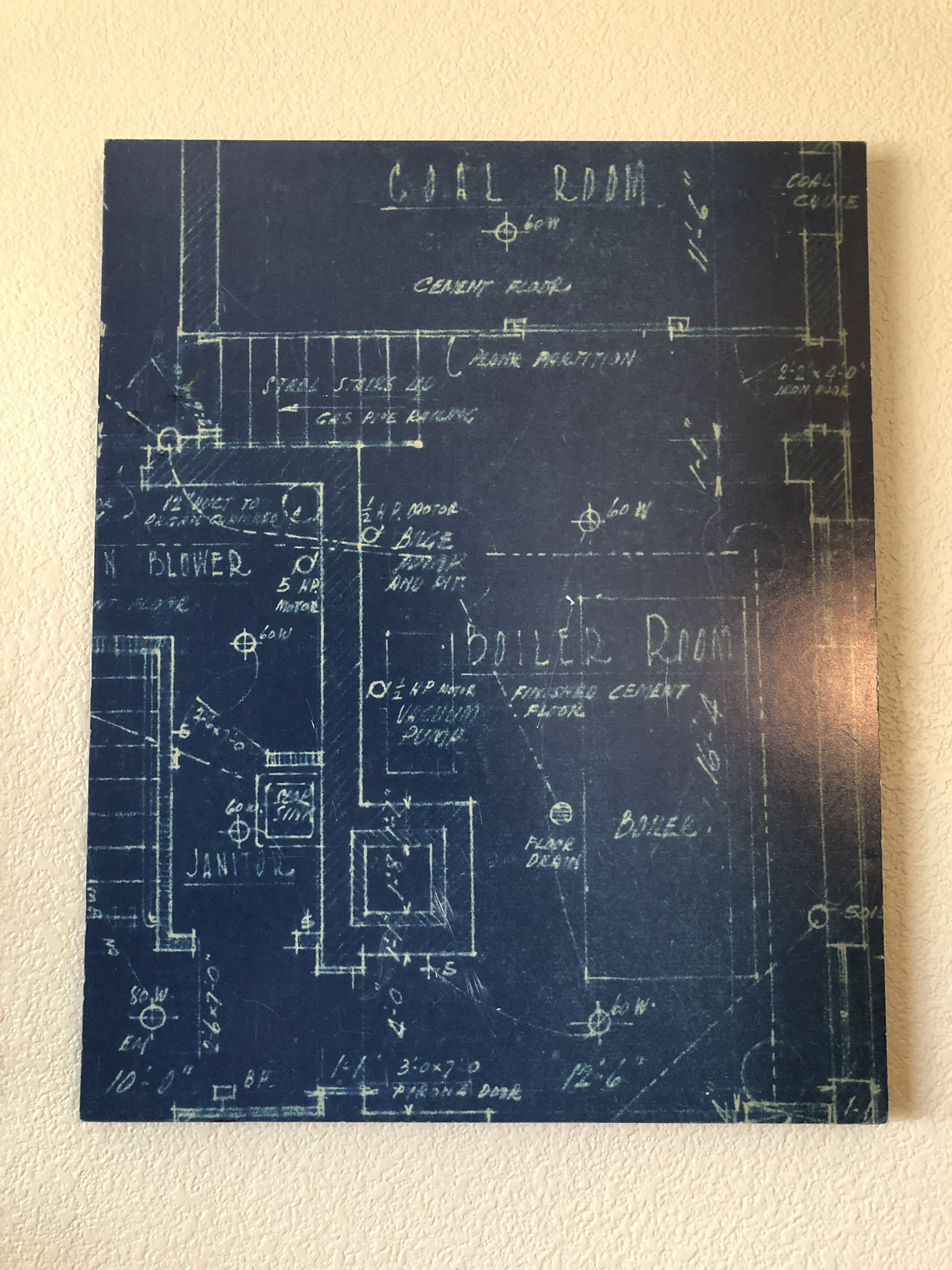
However, there’s only one story I’m focused on now; it’s the same one being retold this very day in boiler rooms across the country and elsewhere. And it’s not true; never was. Old guys just like to think it is.
It goes something like this:
“You just can’t find good workers anymore. Nobody cares about quality and it shows. These young kids today are useless. They’re afraid to get their hands dirty, or their knuckles banged up and bruised. They’ve been pampered by their parents their entire lives and now we’re stuck with them. No work ethic, no hustle, and none of them take pride in their work. It’s maddening.
“Skilled tradesmen? Ha!
“Proper design? Not a chance!
“Combustion analysis? Maybe, if they knew how.
“Going the extra mile? Not going to happen.
“I feel bad for everyone who gets stuck with a bunch of these lazy, good-for-nothing, silver-spoon-in-their-mouths young punks who have never put in an honest day’s work in their lives. They’re all a bunch of candy asses.”
I can’t speak for you, but I hear something along those lines all the time. I’m sure I’ve been guilty of it — and that would make me wrong, too. The talent and the hustle are there, and I can prove it.
Instagram and the next hydronic generation
You see, I’m a frequent visitor of Instagram, my favorite form of social media. And on Instagram, I exclusively follow hydronic and HVAC contractors, engineers, supply houses and tradespeople.
I know straight away when I look at pictures of someone’s work whether they’re the real thing. And let me tell you, plenty of them are millennials who rise and shine in this trade — guys and gals who do rock-solid work just like my generation, the one before that and, yes, the one going back to the early 1900s. You just need to know where to look and who to ask, same as it’s always been
On Instagram, I see photos such as this from Michael Flynn, @flynnstone1 (Figure 2). It’s an absolute thing of beauty.
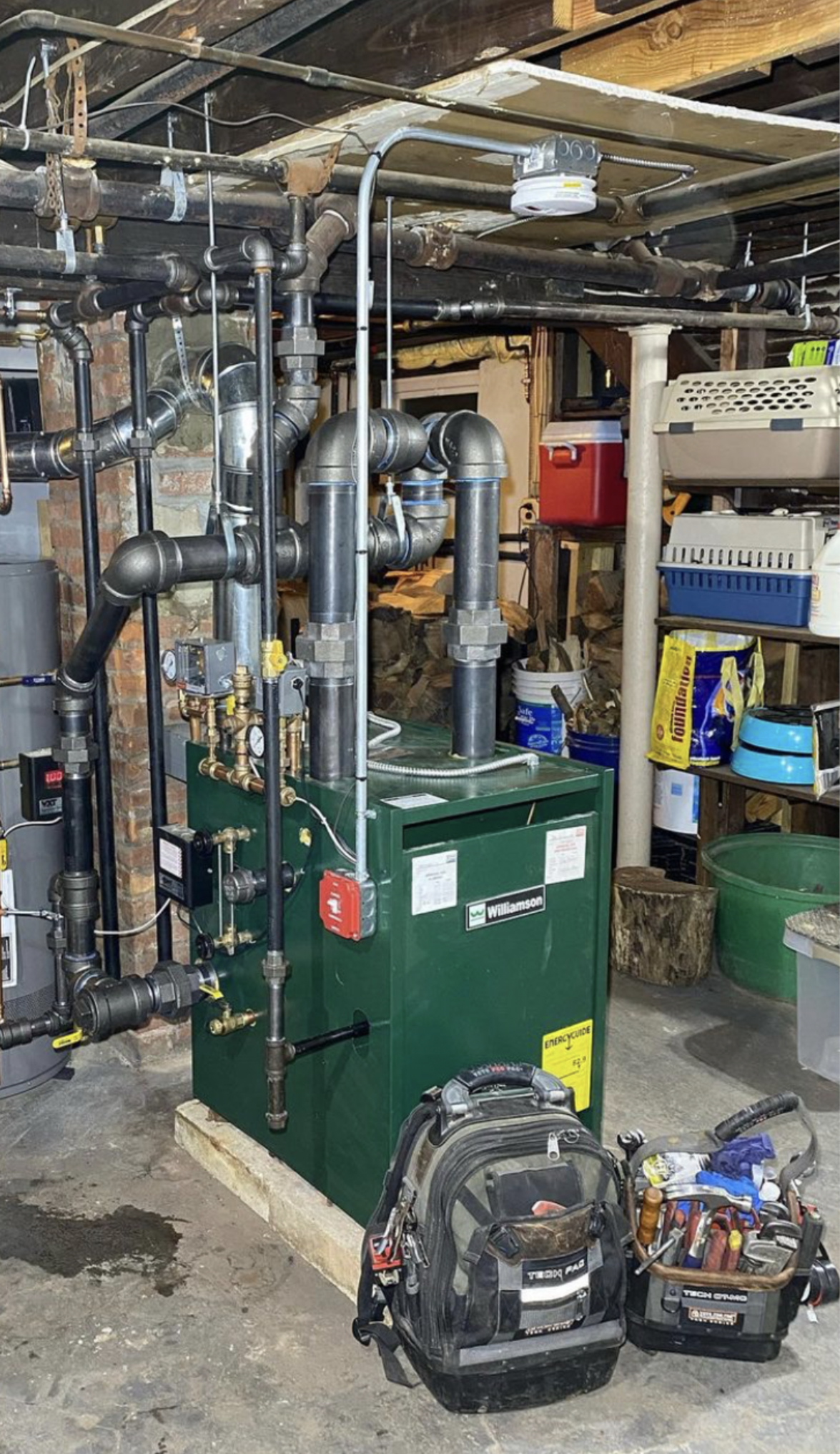
Here’s what I see:
• Two full-size risers of black iron pipe coming out of the boiler, just like the manual says. Don’t take this one for granted; far too many try to cut corners and only go with one riser or choose to undersize the riser(s). Some will even use copper pipe, but that’s a road I choose to avoid today. I’m smiling right now, and I’d like to keep it that way.
• The installation instructions will tell you exactly how many risers are needed and what diameter pipe should be used. Mike followed those instructions to a T. The goal here is dry steam.
• The heavy-duty, cast-iron fittings that Mike used are always a good choice.
• The risers are offset from the header using 90-degree elbows. This allows for some movement in the fittings as the near-boiler piping heats up. You want the fittings moving a little bit as opposed to the boiler sections cracking under the strain.
• Risers doing a 180-degree turn into a drop header to ensure dryer steam. This is an above-and-beyond technique that is used by the best of the best.
• The supply main comes off the header between the risers and the equalizers as it should. This is important and shouldn’t be overlooked, either. I’ve seen more than my share of new installations where the main is connected between the risers by guys who have 30 to 40 years of experience in steam.
How is that possible? It should never happen. The steam from one riser will crash into steam from the other riser, causing condensate to pool and water to carry over into the main. Again, the goal is dry steam
• Note the drip connection using a reducing 90-degree elbow from the header into the equalizer, just like they drew it up
• Here’s another example of a guy going all-in on a stellar installation — the brass manifold used for the controls and the gauges, complete with removable plugs for cleaning. An A+ for the effort and execution.
• I count three ball valves below the water line for flushing, draining and servicing. Mike is thinking ahead with his customer in mind.
I could go on, but you get the gist. This is a flawless steam boiler installation that should make anyone proud. Great job, Mike, and thanks for carrying the torch as a young man.
Mike isn’t alone either: Tyler Dynes, @dynes10; Keefer Rader, @outlawmechanical; Alex Bishoff, @howardmechanical; Don Taylor, @dontaylor53; Paul Stesslar, @paulstess85; Rob Fling, @qualitywesthvac; Jared & Jake, @boiler_bros; @triple_j23 and so many others. This is just a sampling of a large group of young people who excel at what they do. They care about a job well done as much as anyone, in any era.
Here’s some more evidence of that.
I love everything about Figure 3: stellar workmanship and an impeccable eye for detail. The choice of the panel board, component selection, the clean and easy-to-follow piping, the symmetry of the thermometers and pumps lining up, the choice of clamps, and the way the electric was done separates this one from most hot water boiler installations.
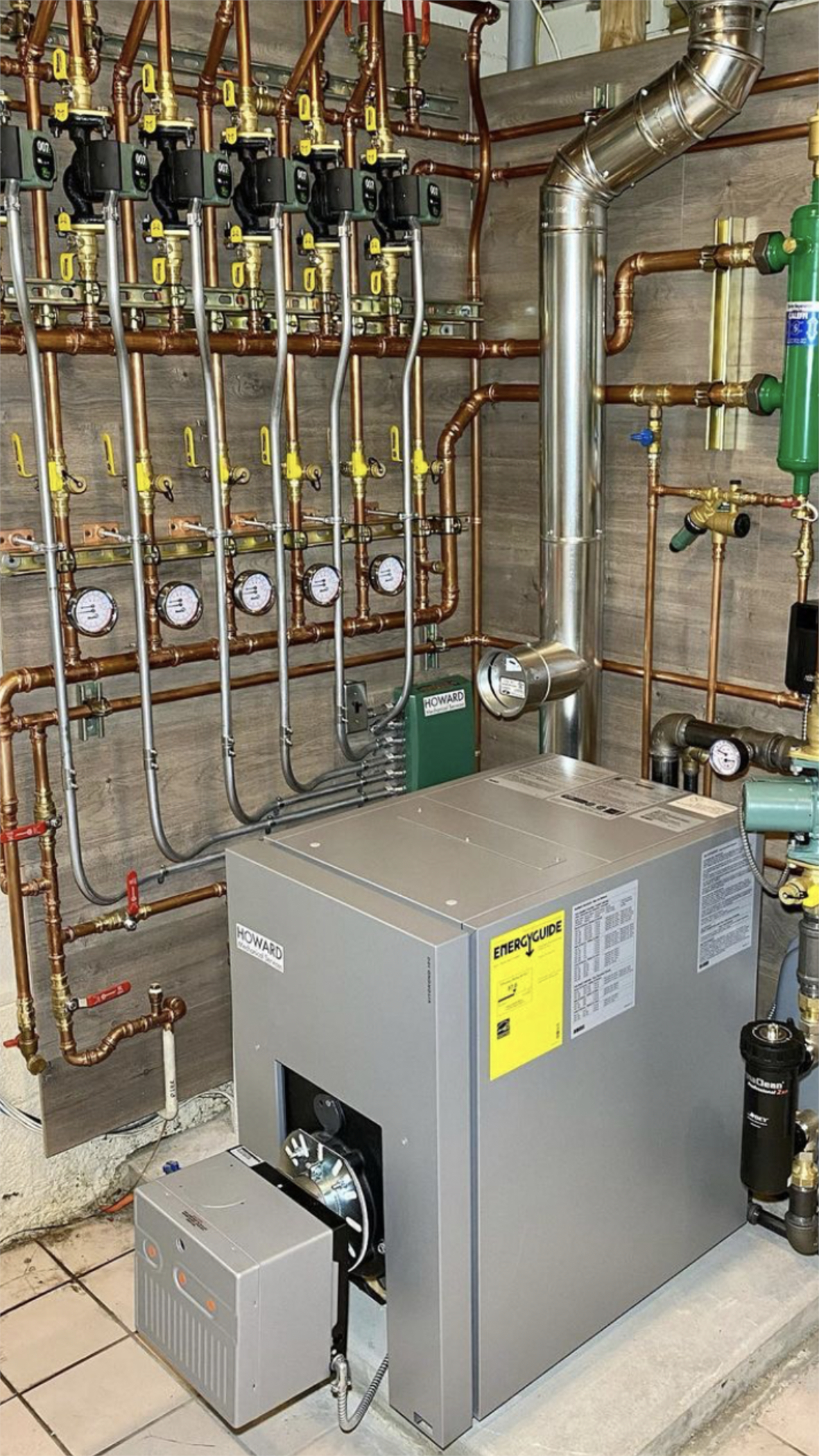
It’s so refreshing to see the use of 1/2-inch EMT (thin-wall conduit) from the pump relay to the pumps rather than a spaghetti bowl of BX or Greenfield whips running everywhere in a dizzying array.
Alex Bishoff, owner of Howard Mechanical, can stand tall and proud for the work done here. Be sure to check out @howardmechanical on Instagram.
Tyler Dynes is the craftsman who assembled the radiant manifolds and controls in Figure 4. It’s another example of a job that belongs in a hydronics textbook. You’d be hard-pressed to find a job where the PEX tubing is run to the manifolds this professionally.
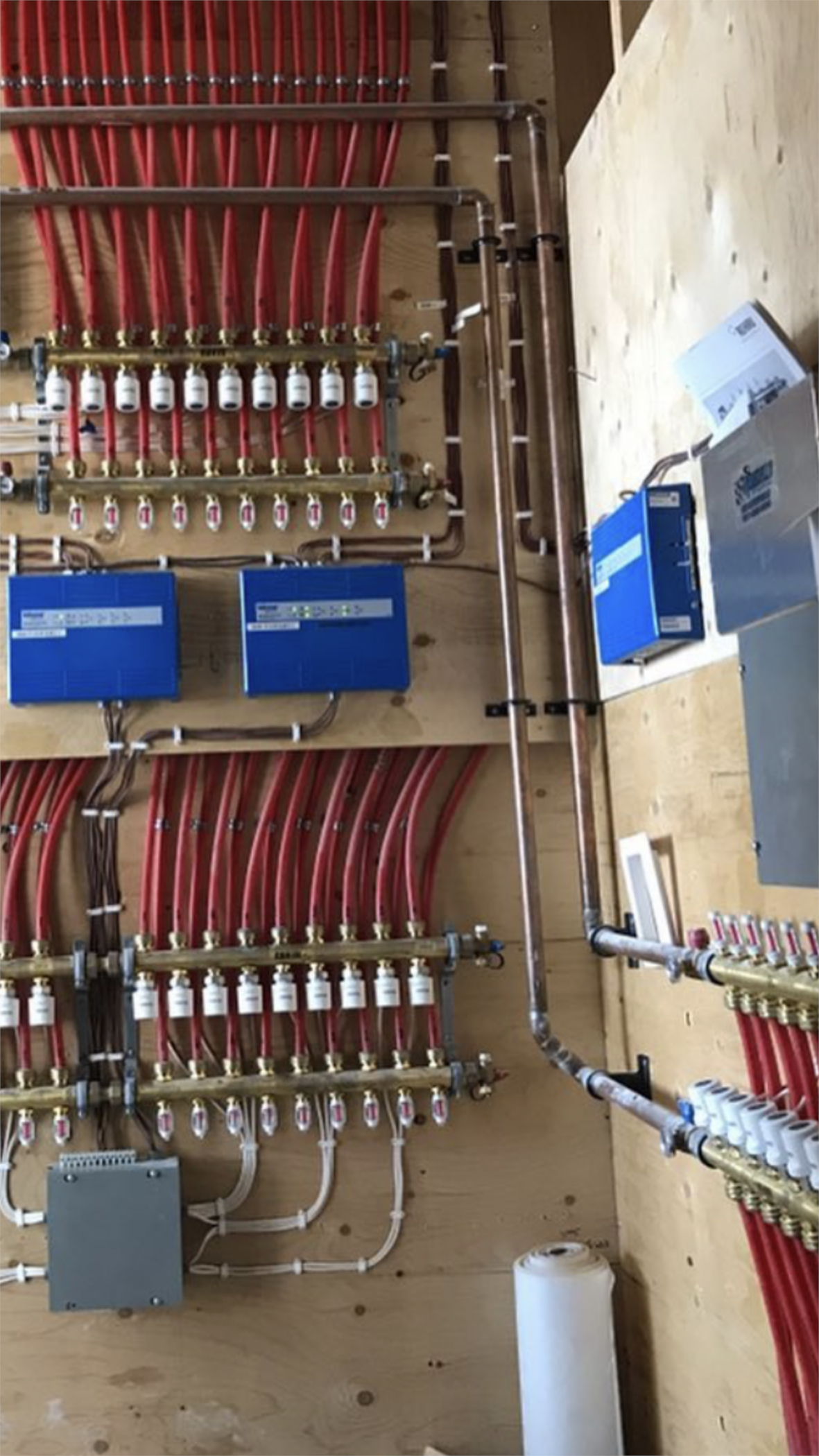
It’s as good as it gets, but Tyler didn’t stop there. The use of electrical junction boxes made it possible for clean, low-voltage wiring; he followed it up with perfect runs to the tekmar controls and the manifold actuators.
Here’s what else separates it from other technicians, past and present: every control and actuator is labeled with, not a Sharpie, but a label maker. Everything about this project screams professional. Tyler even added a metal document holder as a great finishing touch. He has plenty more job photos like this that are must-sees.
All the guys I’ve mentioned here have at least two things in common. They are infinitely younger than I am, and their work should be given the utmost respect. It’s the least we owe them.
And it’s not just these guys; so many young men and women are absolutely crushing it in our trade. These people put in a ton of work, practicing the craft, before they’re able to do this kind of work, this well. Hours and hours were spent in textbooks, installation manuals, service manuals, seminars and other forms of training.
You don’t get to this skill level by just graduating from trade school and working for a mechanical contractor. It takes much more than that; I congratulate them for pushing themselves to get there.
The hydronic industry is in good hands; these young folks are writing their own nonfiction story.

